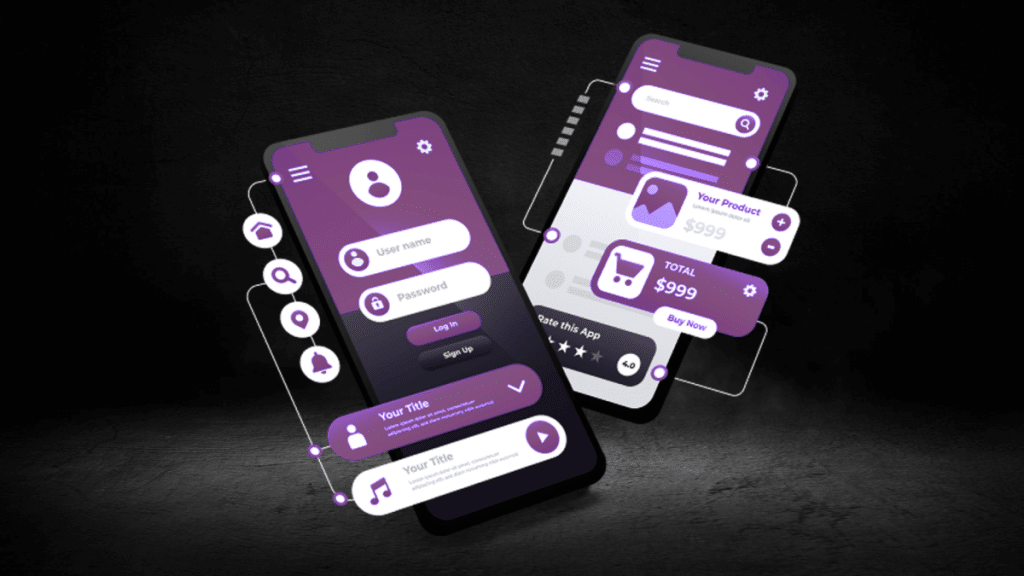Introduction
Creating a standout mobile app is more than just having a unique idea—it’s about delivering an experience that captivates users from the first interaction. Developers in dynamic tech hubs, such as those specializing in Mobile App Development in NYC, know the importance of integrating innovative strategies and cutting-edge technologies into mobile solutions. This guide helps developers create engaging mobile apps that balance technological advancements and user convenience. It emphasizes the importance of intuitive design, reliable performance, and industry trends in meeting user expectations. It identifies essential elements for creating unique experiences, helping developers engage their audience and building apps that users will love and continue using.
The Essence of User Experience in Mobile Apps
The success of mobile apps is mainly dependent on the user experience. It’s evident in every detail—from how seamlessly an app operates to its aesthetic appeal. An exceptional user experience builds trust and loyalty, making it a key factor when choosing between similar apps. Successful apps like Duolingo and Slack exemplify how taking user experience seriously increases retention rates and user satisfaction. Developers should prioritize creating intuitive interfaces that require little to no learning curve, ensuring users can quickly navigate and accomplish their tasks without frustration.
Harnessing Cutting-Edge Technologies
In today’s tech-driven world, leveraging cutting-edge technologies is not merely a trend but a necessity for maintaining competitive advantage. Personalization has been made possible by AI and machine learning, which has made applications more creative and sensitive to user activity. Moreover, integrating technologies such as augmented reality can dramatically enhance the user experience by creating immersive and interactive environments. These technologies offer new possibilities and set the stage for more dynamic, innovative mobile applications.
Designing with a Purpose
The impact of design on user engagement must be balanced. A design marries aesthetics with functionality can significantly enhance user interaction with the app. A minimalist approach can reduce distractions and help focus users on essential features and content. Meanwhile, a responsive design ensures users have a consistent and seamless experience across various devices, from phones to tablets. Designers must carefully consider each element’s purpose and ensure it enhances the user’s journey rather than complicate it.
Efficient Development Processes
Optimizing the development process is fundamental to delivering apps on time and within budget. Agile methodologies, combined with collaborative tools like Jira and Slack, are instrumental in managing tasks and keeping track of progress. These tools foster an environment where team members can communicate effortlessly, iterate efficiently, and adapt swiftly to changes. An optimized process accelerates development and encourages innovation, allowing for more creative solutions to be brainstormed and implemented.
Testing and Iteration in App Development
Continuous testing and iteration are vital to the development process, ensuring the final product is polished and meets user expectations. Conducting beta tests involves real-world users and provides invaluable insights into user behavior and areas needing improvement. Developers should embrace testing not as a final step but as a continuous engagement. Iterative feedback loops from tests help fine-tune features, fix bugs, and refine usability, ultimately leading to a superior product that delights users.
Launching and Gathering User Feedback
A strategically planned launch sets the stage for an app’s future success. Effective promotion in app stores increases discoverability and user acquisition. Post-launch, gathering user feedback is critical to understanding the app’s real-world impact. Reviews and ratings offer direct insights into user satisfaction and areas that require enhancements. Implementing feedback improves user experience over time and demonstrates a commitment to meeting user needs, which fosters trust and loyalty.
Keeping Apps Updated and Relevant
Regular updates are essential to maintain an app’s relevancy and security. By consistently introducing new features and patching security vulnerabilities, developers can keep users engaged while protecting their data. An app that evolves with user expectations and emerging trends stands a better chance of retaining its user base over time. This approach keeps the app competitive and ensures it remains a valuable tool for users.
Preparing for the Future of Mobile Apps
The future of mobile apps is poised for exciting shifts as emerging trends and technologies reshape the landscape. Developers need to stay ahead by anticipating these changes and adapting early. Understanding global consumer behavior is crucial, as apps are no longer confined to local audiences. Cultural nuances can influence app interaction patterns, making it vital for developers to consider diverse markets in their strategies. By keeping these aspects in mind, mobile apps can thrive globally.
By focusing on these foundational elements, developers can create mobile app experiences that captivate and provide lasting value. The key lies in merging innovation with functionality, ensuring every detail enhances the user’s journey and builds memorable experiences.
